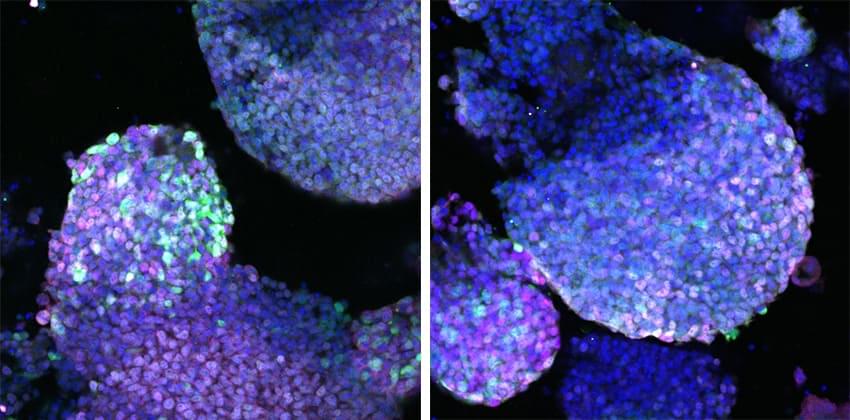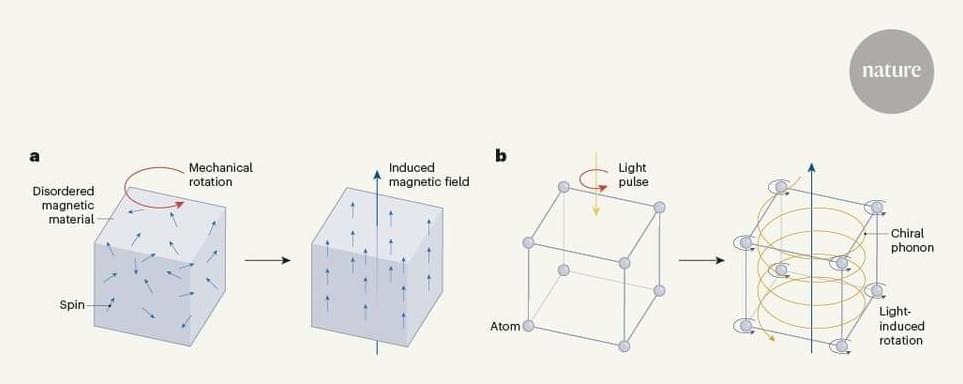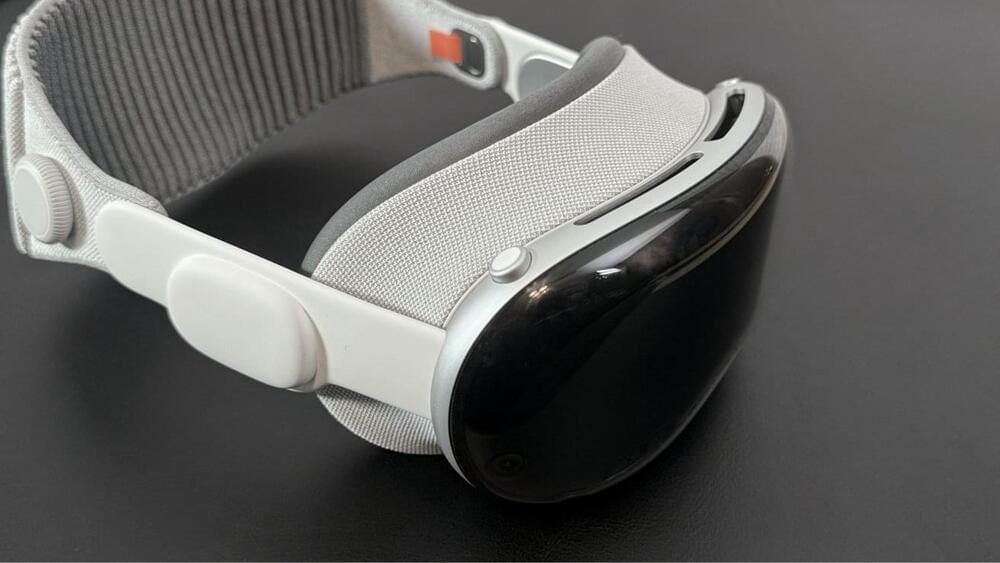For as long as superheroes have been imagined, there’s been a superhero who can regrow limbs. Other animals (like salamanders and sharks) do it, why couldn’t we? Scientists have also tackled this question because, obviously, humans don’t naturally regrow limbs. But before we move on to regrowing limbs ourselves, we need to understand how other species do it.
In a new study, researchers mapped the proteins that kick off limb creation in mice and chicks, finding that a cocktail of just three proteins performs the initial magic.
“People in the field have known a lot of the proteins critical for limb formation, but we found that there are proteins we missed,” said study co-first author ChangHee Lee, research fellow in genetics in the lab of Cliff Tabin at Harvard Medical School.









